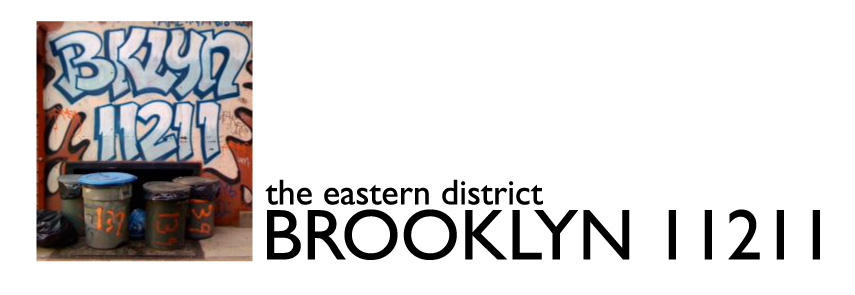The Sun:
The city has preserved the “affordable” status of about 40,000 units, more than half of its 73,000-apartment goal.
However, the efforts for creation of affordable housing are less advanced, as the city has claimed the completion of only 25,000 of its target 92,000 units.
The issue of preservation vs. creation of new housing is critical. These numbers are pretty much in line with what has been happening in Williamsburg of late. In fact, the citywide new housing numbers are well ahead of those in the Williamsburg rezoning area.
